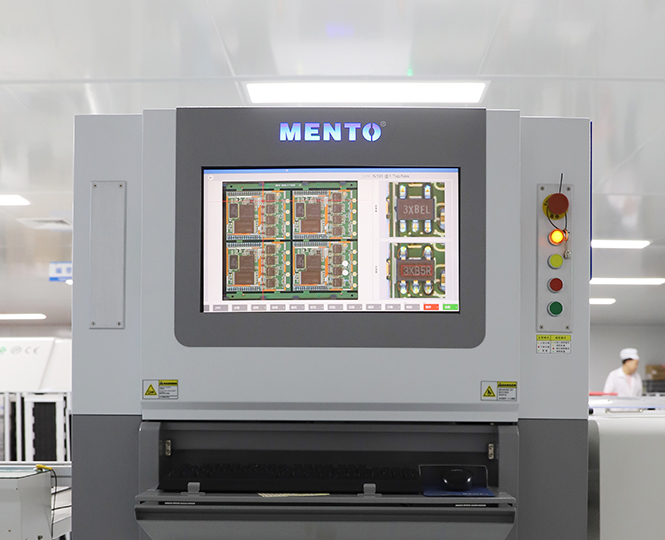The difference between AOI and SPI?

Firstly, SPI refers to "surface mount technology (SMT) soldering quality inspection", which is a technology used to detect the quality of surface-mounted components on printed circuit boards (PCBs). The SPI system uses high-resolution cameras and light sources to capture images of the PCB surface and uses image processing algorithms to detect the position and shape of the solder joints. The SPI system can detect defects such as position deviation, short circuit, open circuit, no soldering, and excessive soldering. SPI technology is usually used in the early stages of PCB manufacturing to ensure that the placement of components and soldering quality meet the requirements.
In general, the main difference between SPI and AOI is in the inspection stage and content. SPI is mainly used to detect soldering quality in the PCB assembly process, while AOI is mainly used to detect the overall quality of PCB assembly. In addition, SPI mainly focuses on the position and shape of solder joints, while AOI needs to detect more extensive assembly issues, including component position, polarity, and missing components.
In general, the main difference between SPI and AOI is in the inspection stage and content. SPI is mainly used to detect soldering quality in the PCB manufacturing process, while AOI is mainly used to detect the overall quality of PCB assembly. In addition, SPI mainly focuses on the position and shape of solder joints, while AOI needs to detect more extensive assembly issues, including component position, polarity, and missing components.
Although SPI and AOI have different application scenarios, they can both improve the efficiency and quality of the manufacturing process. Using these technologies can reduce human errors and defects, thereby reducing manufacturing costs and losses. However, SPI and AOI also have their own advantages and disadvantages. SPI systems are usually cheaper than AOI systems, but their detection range is narrower. AOI systems are usually more expensive, but can detect a wider range of issues. Therefore, when choosing the appropriate inspection technology, the specific situation and requirements of the manufacturing process need to be considered.
In summary, SPI and AOI are two commonly used quality inspection technologies in the PCBA manufacturing process, with different application scenarios and inspection content. In addition to these two technologies, there are many other PCBA commonly used inspection equipment, such as X-ray inspection, ICT testing, FCT testing, etc., which can detect a wider range of PCBA defects. Choosing the appropriate inspection equipment can help manufacturers improve manufacturing quality and reduce costs, thereby increasing customer satisfaction and market competitiveness. In the PCBA manufacturing process, using suitable inspection equipment is very important, as it can ensure that defects in the manufacturing process are detected and repaired in a timely manner, thereby improving the quality and reliability of PCBA and reducing after-sales problems and customer complaints.

